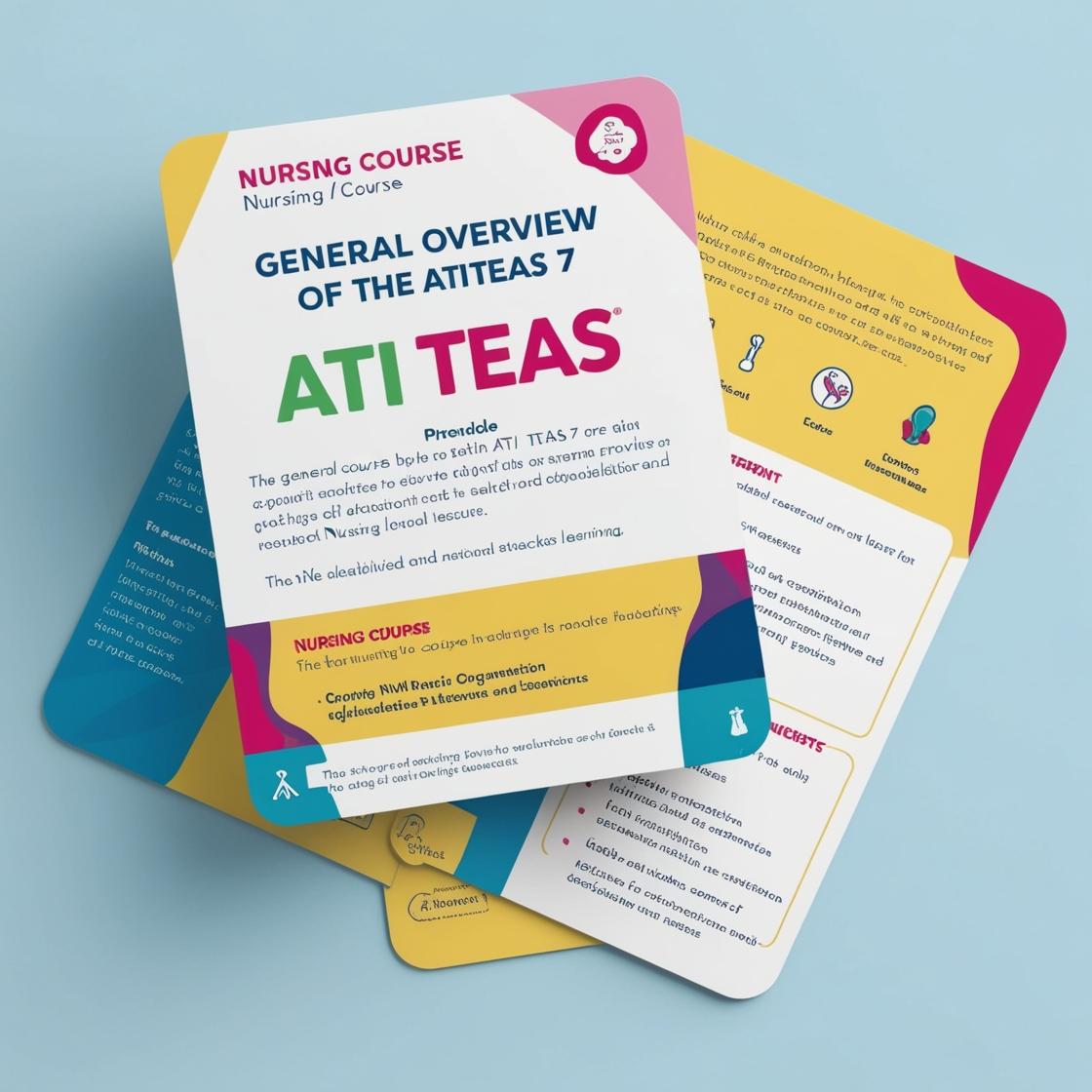ATI TEAS 7
TEAS 7 practice test science
1. Muscles that work in opposition to each other, producing opposing movements, are called:
- A. Synergists
- B. Antagonists
- C. Agonists
- D. Fixators
Correct answer: B
Rationale: Antagonist muscles are pairs of muscles that work in opposition to each other, producing opposing movements. When one muscle contracts, the other relaxes to allow the movement to occur smoothly. Synergists are muscles that work together to create a movement, not in opposition. Agonists are muscles primarily responsible for producing a specific movement, not opposing each other. Fixators are muscles that stabilize joints to allow other movements to take place, providing a stable base for muscle actions but do not produce opposing movements.
2. A symbiotic relationship where one organism benefits and the other is not harmed is called:
- A. Mutualism
- B. Commensalism
- C. Parasitism
- D. Predation
Correct answer: B
Rationale: B) Commensalism: In commensalism, one organism benefits while the other is neither helped nor harmed. This is the relationship described in the question. The correct answer is Commensalism because it specifically fits the scenario where one organism benefits without affecting the other. A) Mutualism: In mutualism, both organisms involved benefit from the relationship. C) Parasitism: In parasitism, one organism benefits at the expense of the other organism, which is harmed. D) Predation: In predation, one organism (predator) kills and consumes another organism (prey) for food.
3. Which of the following is NOT a mechanism that can directly cause evolution by natural selection?
- A. Mutations in genes
- B. Differential survival and reproduction based on traits
- C. Inheritance of acquired characteristics (like strong muscles from working out)
- D. Competition for resources in an environment
Correct answer: C
Rationale: A) Mutations in genes can introduce new genetic variations into a population, which can be acted upon by natural selection. B) Differential survival and reproduction based on traits is a key component of natural selection, as individuals with advantageous traits are more likely to survive and pass on their genes to the next generation. C) Inheritance of acquired characteristics, also known as Lamarckism, is not a mechanism of evolution by natural selection. Traits acquired during an individual's lifetime (such as strong muscles from working out) are not passed on to offspring. D) Competition for resources in an environment can drive natural selection by favoring individuals with traits that help them better compete for limited resources. Therefore, the correct answer is C) Inheritance of acquired characteristics (like strong muscles from working out), as it is not a mechanism that can directly cause evolution by natural selection.
4. Which radioactive isotope is commonly used in medical imaging techniques such as PET scans?
- A. Uranium-235
- B. Plutonium-239
- C. Potassium-40
- D. Fluorine-18
Correct answer: D
Rationale: Fluorine-18 is the radioactive isotope commonly used in medical imaging techniques such as PET scans. It is frequently used in the form of fluorodeoxyglucose (FDG) to locate areas of heightened metabolic activity in the body, such as in cancer cells. Uranium-235 and Plutonium-239 are not typically employed in medical imaging, and Potassium-40, while a naturally occurring radioactive isotope found in the human body, is not commonly used in medical imaging techniques.
5. What is the process of converting simple sugars into complex carbohydrates called?
- A. Glycolysis
- B. Gluconeogenesis
- C. Krebs cycle
- D. Oxidative phosphorylation
Correct answer: B
Rationale: Gluconeogenesis is the correct answer. It is the process of synthesizing glucose from non-carbohydrate sources, such as amino acids or glycerol. A) Glycolysis is the process of breaking down glucose into pyruvate to produce energy. C) The Krebs cycle, also known as the citric acid cycle, generates energy through the oxidation of acetyl-CoA derived from carbohydrates, fats, and proteins. D) Oxidative phosphorylation is the final stage of cellular respiration where ATP is produced using energy derived from the electron transport chain. Therefore, choices A, C, and D are not the processes involved in converting simple sugars into complex carbohydrates.
Similar Questions

Access More Features
ATI TEAS Premium Plus
$149.99/ 90 days
- Actual ATI TEAS 7 Questions
- 3,000 questions with answers
- 90 days access
ATI TEAS Basic
$99/ 30 days
- 3,000 Questions with answers
- 30 days access
